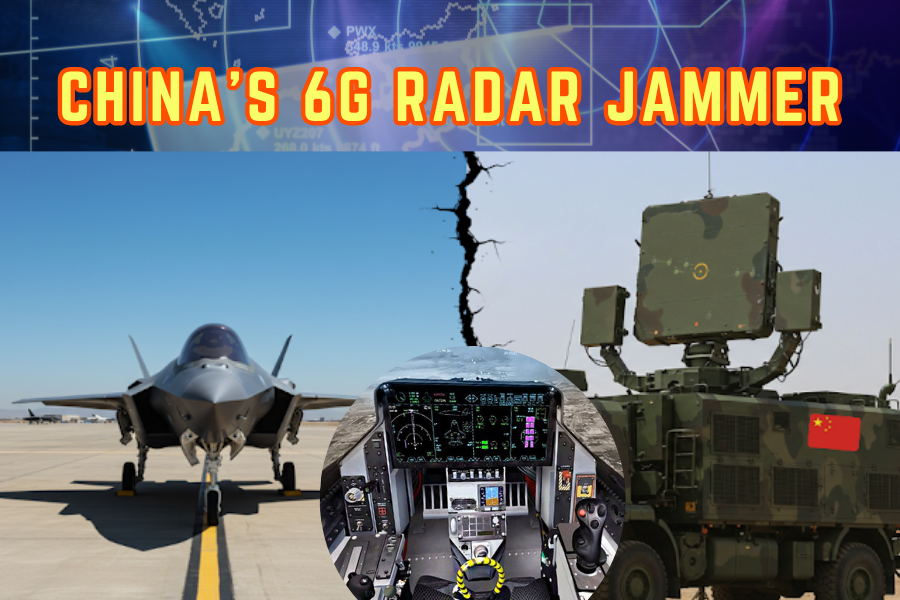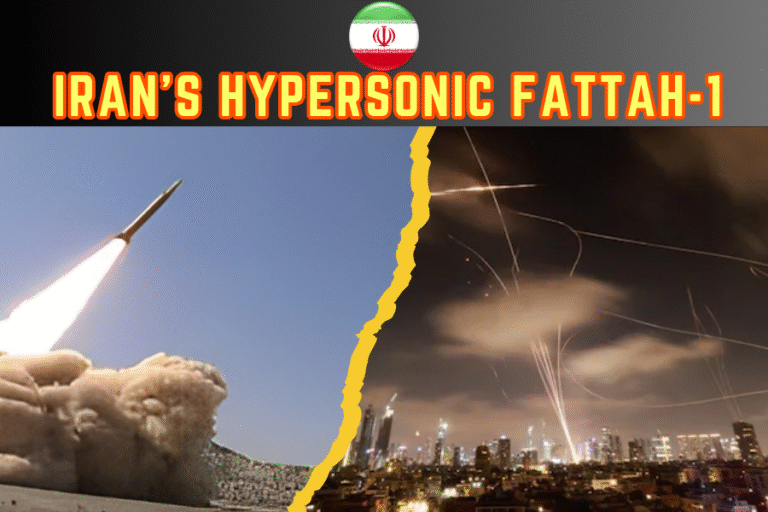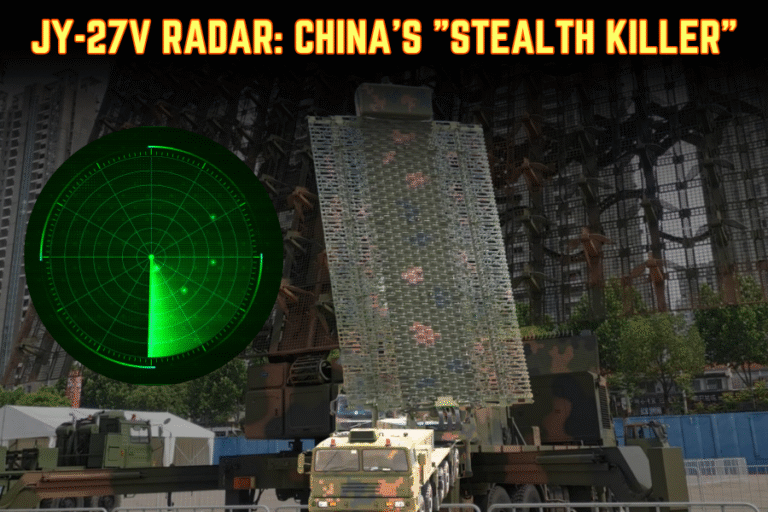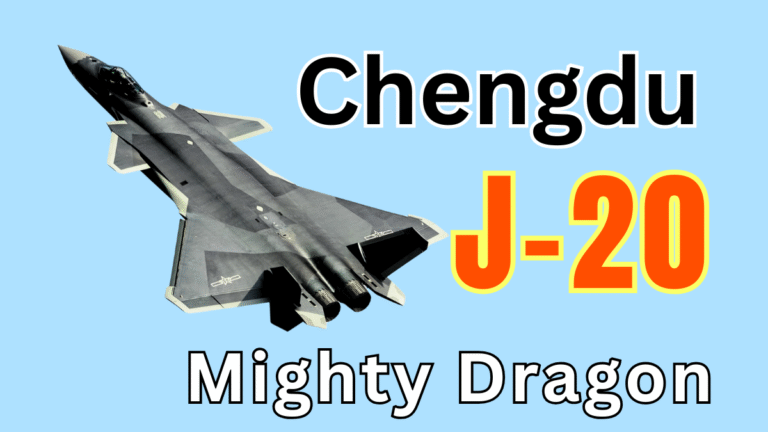(By Khalid Masood)
In June 2025, Chinese scientists unveiled a groundbreaking 6G-powered electronic warfare system, a technological leap that has sent shockwaves through global defence circles. Capable of jamming the radars of advanced stealth fighters like the US F-35 and generating over 3,600 false targets, this system, developed by Professor Deng Lei’s team at Huazhong University of Science and Technology (HUST), marks a paradigm shift in electronic warfare. Backed by a $10 million investment from China’s government, military, and tech giants, the photon-driven device integrates jamming and high-speed communication, challenging Western air superiority and redefining battlefield dynamics. For Pakistan, this development underscores China’s strategic partnership with Islamabad, offering lessons for countering regional threats like India’s growing air capabilities. This article explores China’s 6G radar jammer, its technical innovations, global implications, and the urgent need for ethical oversight in an era of escalating technological warfare.
I. The Dawn of a New Electronic Warfare Era
Electronic warfare (EW), once dominated by radio jammers and signal intercepts, has evolved into a domain of precision, speed, and deception, driven by advancements in communication technologies. China’s unveiling of a 6G-powered EW system in June 2025, reported by the South China Morning Post, marks a pivotal moment, positioning Beijing at the forefront of this domain. With the ability to disrupt stealth aircraft radars and transmit battlefield data to over 300 platforms, this system challenges the technological dominance of Western powers, particularly the US, whose F-35 jets rely on the Northrop Grumman AN/APG-85 radar. In a geopolitically charged landscape, where India’s air force modernization threatens Pakistan, China’s innovation strengthens its ally’s strategic calculus.
II. Understanding 6G Technology in Military Applications
Defining 6G and Its Capabilities
6G, the sixth generation of wireless communication, surpasses 5G with speeds up to 100 gigabits per second, latency below one millisecond, and enhanced bandwidth using millimeter and terahertz waves, per Acta Optica Sinica. Unlike 5G’s microwave-based systems, 6G leverages higher frequencies for greater data capacity and precision, critical for military applications.
5G vs. 6G
- Speed: 6G achieves 100 Gbps, ten times faster than 5G’s 10 Gbps, enabling rapid battlefield data transfer, per Interesting Engineering.
- Latency: 6G’s sub-millisecond latency supports real-time coordination of drones and missiles, unlike 5G’s 1–10 milliseconds, per The Independent.
- Bandwidth: 6G’s terahertz spectrum allows simultaneous jamming and communication, a leap over 5G’s narrower bands, per Army Recognition.
Military Applications
6G’s capabilities enable:
- Electronic Warfare: Jamming advanced radars and creating false targets, as seen in China’s system.
- Command and Control: Real-time coordination of unmanned systems, per Asia Times.
- Surveillance: High-resolution data transfer for intelligence, surveillance, and reconnaissance (ISR), enhancing platforms like China’s J-20, per CSBA reports.
For Pakistan, 6G’s potential to disrupt India’s Rafale and Su-30 MKI radars could bolster regional deterrence, aligning with CPEC’s security cooperation.
III. Development of China’s 6G Electronic Warfare System
Led by Professor Deng Lei at HUST, China’s 6G EW system is a product of a $10 million investment from the Chinese government, military, and tech firms like Huawei, per Interesting Engineering. Unveiled in June 2025, the system integrates microwave photonic technology, blending photons and electrons to overcome traditional bandwidth limitations, per Visegrád Post. Deng’s team, supported by national research programs, developed a compact platform that merges sensing, spoofing, and communication, as detailed in Acta Optica Sinica. China’s leadership in 6G patents—holding the world’s largest portfolio, per South China Morning Post—underscores its ambition to dominate next-generation warfare. For Pakistan, this strengthens China’s role as a technological ally, potentially offering access to advanced EW systems through defence pacts.
IV. Capabilities of the 6G Radar Jammer
China’s 6G radar jammer is a multifaceted weapon, designed to disrupt advanced systems like the F-35’s AN/APG-85 radar, which operates in the X-band up to 12 GHz, per IDN Financials. Its key capabilities include:
- Radar Jamming: The system generates over 3,600 false targets in real time, overwhelming enemy pilots with decoys, per Reddit discussions and Army Recognition.
- Simultaneous Jamming and Communication: It performs full-duplex communication on the same frequency, a world-first, transmitting data to over 300 platforms via fibre-optic networks, per Anadolu Ajansı.
- Ground-Based Versatility: Functioning as both a jammer and communication hub, it supports real-time battlefield coordination, per The Independent.
- High-Frequency Mastery: Operating at 12 GHz and above, it counters advanced radars where traditional countermeasures fail, per Interesting Engineering.
From Pakistan’s perspective, this system could neutralize India’s air defence radars, like those on its S-400 and Aakash AD systems, enhancing Islamabad’s strategic leverage.
V. Technical Innovations
The jammer’s prowess stems from cutting-edge innovations, detailed in Acta Optica Sinica:
- Photon-Powered Core: A tridimensional structure using microwave photonic technology bypasses electronic bandwidth limits, enabling high-speed signal processing, per Army Recognition.
- Dual-Polarization IQ Modulator: Enhances signal modulation for precise jamming, per Interesting Engineering.
- Active Fibre Loop: Creates precision-delayed false targets, confusing radar systems, per Visegrád Post.
- Smart Carrier Reconstruction: Spoofs radars by mimicking their signals, per Anadolu Ajansı.
These innovations reduce hardware complexity while boosting functionality, though Deng’s team noted challenges in balancing system simplification with performance, per South China Morning Post. For Pakistan, adopting similar technologies could modernize its EW capabilities, countering India’s technological edge.
VI. Implications for Global Military Dynamics
Challenges to Stealth
The jammer’s ability to disrupt the F-35’s AN/APG-85 radar threatens US air superiority, as stealth relies on low-observable signatures, per Army Recognition. By generating thousands of false targets, it compromises sensor fusion, critical for F-35 operations, per Reddit discussions. For Pakistan, this could deter India’s growing fleet of 36 Rafale jets, which rely on similar radar systems.
Strategic Shifts
China’s system shifts EW from brute-force jamming to precision manipulation, per Visegrád Post. This could force adversaries to invest in counter-countermeasures, like the US Next Generation Jammer for EA-18G Growlers, per Bulgarian Military. India’s development of indigenous EW systems, like the DRDO’s Shakti, may accelerate, per Fly a Jet Fighter.
Global Responses
- US: The US Air Force is integrating NGAD-derived technologies into F-22s and F-35s, per National Security Journal, to counter 6G threats.
- India: New Delhi may deepen ties with Israel for EW solutions, as seen in Elbit’s helicopter protections, per Bulgarian Military.
- Pakistan: Islamabad could leverage CPEC to access Chinese EW technology, enhancing its JF-17 capabilities, per Jane’s Defence Weekly.
VII. Ethical and Strategic Considerations
Dual-Use Nature
6G’s civilian applications—smart cities, IoT—overlap with its military potential, raising concerns about technology proliferation, per The Independent. Pakistan could benefit from dual-use 6G infrastructure, but risks espionage if shared by China.
Escalation Risks
The jammer’s ability to disrupt stealth aircraft could trigger an EW arms race, per Visegrád Post. Social media posts warn of a “global power shift” if unchecked. Pakistan must advocate for restraint to avoid regional escalation with India.
Need for Regulation
The absence of international 6G EW regulations, unlike 5G standards by 3GPP, risks uncontrolled proliferation, per Reddit. The UN or SCO could lead discussions, with Pakistan pushing for norms to prevent misuse, aligning with its non-aligned diplomacy.
VIII. Conclusion: Navigating a New Era of Warfare
China’s 6G radar jammer, unveiled in 2025, is a game-changer, blending jamming, spoofing, and communication to challenge stealth technologies like the F-35’s radar. Led by Professor Deng Lei, this $10 million innovation underscores China’s 6G patent dominance and military modernization, offering Pakistan a strategic edge. Yet, its implications—disrupting air superiority and sparking an EW arms race—demand caution. Pakistan must leverage China’s advancements to counter India’s air capabilities while advocating for global regulations to ensure stability. As @Defence_Index noted on X, this “stealth killer” redefines warfare, urging nations to balance innovation with restraint to preserve global security.







